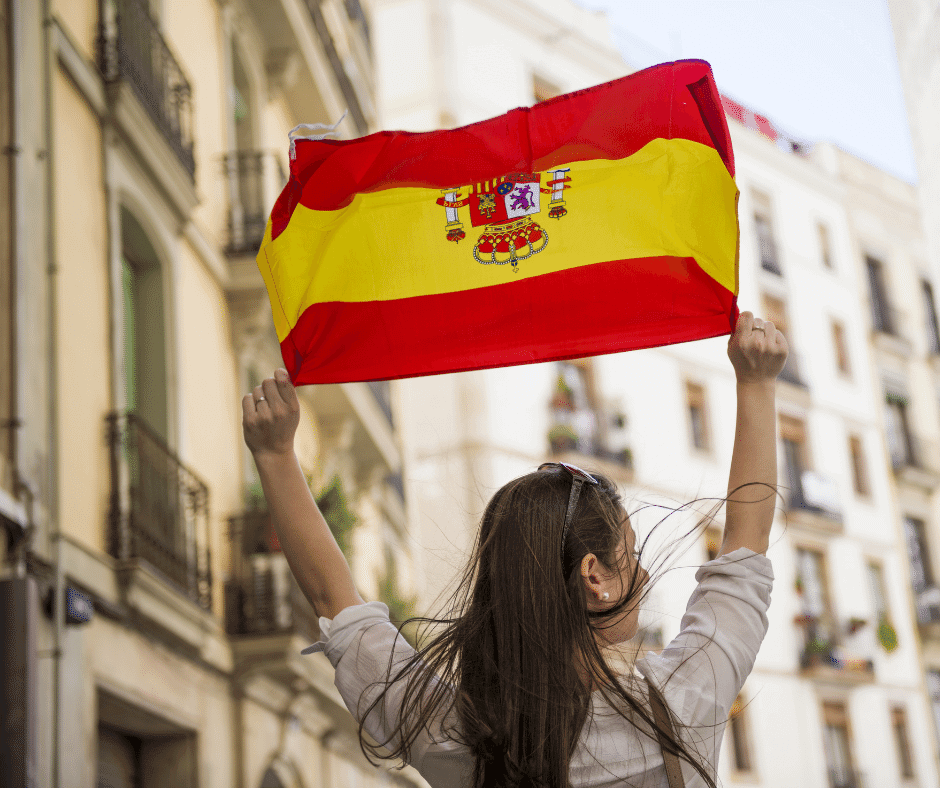Spain, a land of vibrant colors, passionate people, and a history as layered as its famed paella, boasts a musical heritage that is as diverse and captivating as the country itself. Spanish cultural music isn’t just a form of entertainment; it’s a powerful expression of identity, a reflection of centuries of cultural exchange, and a living testament to the enduring spirit of the Spanish people.
From the soulful depths of flamenco to the lively rhythms of folk traditions, Spanish music is a sonic journey that takes listeners through bustling city streets, sun-drenched vineyards, and ancient landscapes. Let’s delve into the heart of this rich musical tapestry, exploring its key genres, instruments, and cultural significance.
Flamenco: Passion and Pain in Every Note
Perhaps the most internationally recognized symbol of Spanish music, flamenco is more than just a genre; it’s a way of life. Born in Andalusia, southern Spain, it’s a complex art form that encompasses song (cante), dance (baile), and guitar (toque). Flamenco is raw, emotional, and intensely personal, often expressing themes of love, loss, grief, and resilience.
- Cante (Song): The heart of flamenco, cante is characterized by its melismatic melodies, passionate delivery, and use of ornamentation. Flamenco singers, known as cantaores/cantaoras, pour their souls into each performance, conveying a range of emotions that resonate deeply with audiences.
- Baile (Dance): Flamenco dance is a powerful visual expression of the music’s emotions. Dancers use intricate footwork (zapateado), graceful arm movements (braceo), and expressive hand gestures (floreo) to tell stories and convey feelings.
- Toque (Guitar): The flamenco guitar is an essential component, providing a rhythmic and harmonic foundation for the cante and baile. Flamenco guitarists use a variety of techniques, including rasgueado (strumming), picado (fingerpicking), and alzapúa (thumb technique), to create a unique and compelling sound.
Flamenco is not a monolithic entity. It encompasses various styles, or palos, each with its own distinct characteristics and emotional tone. Some of the most well-known palos include:
- Soleá: A profound and melancholic style, often expressing themes of solitude and despair.
- Alegrías: A lively and festive style, characterized by its upbeat rhythm and joyful lyrics.
- Seguiriyas: A deeply emotional and dramatic style, often associated with mourning and suffering.
- Fandangos: A lively and versatile style, found in various regional forms throughout Spain.
Folk Music: A Reflection of Regional Identity
Beyond the passionate world of flamenco, Spain boasts a diverse array of folk music traditions that reflect the unique cultures and histories of its different regions. Each region has its own distinct musical styles, instruments, and dances, passed down through generations.
- Galicia: In the northwest of Spain, Galician folk music is heavily influenced by Celtic traditions. The gaita (bagpipe) is a prominent instrument, and melodies often evoke the landscapes of rolling hills and rugged coastlines.
- Basque Country: Situated in the Pyrenees Mountains, the Basque Country has a unique musical heritage characterized by distinctive vocal styles and instruments such as the txistu (a type of flute) and the trikitixa (a button accordion).
- Catalonia: In northeastern Spain, Catalan folk music blends Mediterranean influences with its own distinct traditions. The sardana is a traditional circle dance, and instruments such as the flabiol (a small flute) and the tamborí (a drum) are commonly used.
- Andalusia: While known for flamenco, Andalusia also has other folk traditions. Sevillanas is a popular festive dance that is often performed at festivals and celebrations.
Classical Music: A Legacy of Great Composers
Spain has a rich history of classical music, producing many renowned composers who have left a lasting mark on the world of music.
- Isaac Albéniz: Known for his piano compositions inspired by Spanish folk music, such as the Suite Española.
- Enrique Granados: Another prominent composer of Spanish classical music, known for his piano pieces and operas.
- Manuel de Falla: One of Spain’s most important composers of the 20th century, known for his orchestral works and ballets that incorporate elements of Spanish folk music.
- Joaquín Rodrigo: Famous for his Concierto de Aranjuez for guitar and orchestra, a beloved piece that captures the essence of Spanish musicality.
Zarzuela: A Unique Spanish Opera
Zarzuela is a unique form of Spanish musical theatre that combines singing, spoken dialogue, and dance. It often features stories about everyday life, love, and social issues, and it is characterized by its lively melodies, colorful costumes, and engaging performances. Zarzuela is a beloved part of Spanish culture and continues to be performed in theaters throughout the country.
The Instruments of Spanish Music
Spanish music is characterized by a diverse array of instruments, each with its own unique sound and role in the music.
- Spanish Guitar: The Spanish guitar is the quintessential instrument of Spanish music. It’s used in flamenco, classical music, and folk music. It is known for its warm tone, dynamic range, and versatility.
- Cajón: A percussion instrument of Afro-Peruvian origin, the cajón is now an integral part of flamenco music. It is a box-shaped instrument that is played by tapping on its front surface.
- Castanets: These hand-held percussion instruments are commonly used in flamenco and other Spanish dances. They produce a sharp, clicking sound that adds rhythm and flair to the music.
- Gaita: The Galician bagpipe, the gaita, is a prominent instrument in Galician folk music. It has a distinctive sound that is both haunting and uplifting.
Cultural Significance
Spanish cultural music is more than just a form of entertainment; it’s a vital part of Spanish identity and cultural heritage.
- Expression of Identity: Music plays a crucial role in expressing regional and national identity. Each region of Spain has its own distinct musical traditions that reflect its unique history, culture, and language.
- Social Connection: Music brings people together and fosters a sense of community. Traditional music is often performed at festivals, celebrations, and social gatherings, creating a shared experience that strengthens social bonds.
- Preservation of History: Music serves as a vehicle for preserving and transmitting cultural knowledge and traditions. Folk songs and dances often tell stories about historical events, legends, and customs, passing them down through generations.
The Enduring Legacy
Spanish cultural music continues to evolve and adapt, blending traditional elements with contemporary influences. New generations of musicians are pushing the boundaries of flamenco, folk, and classical music, creating innovative and exciting sounds. The legacy of Spanish music is a testament to the creativity, passion, and resilience of the Spanish people. It’s a gift to the world, inviting listeners to experience the beauty, complexity, and emotional depth of Spanish culture.


